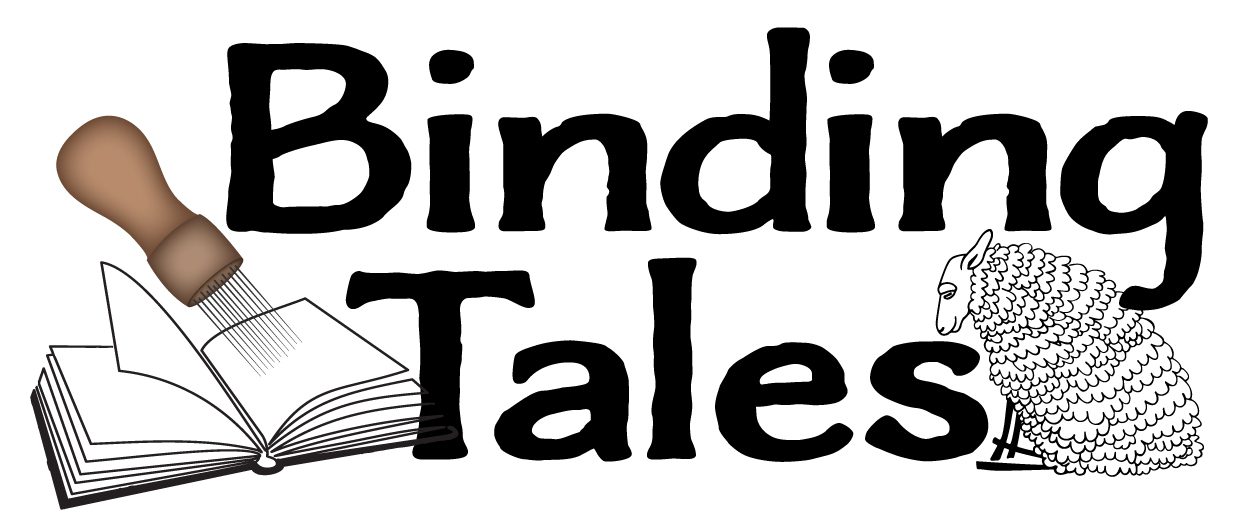Below is a clear guide to felting needle gauges—what sizes exist, how they differ, and when to use each in both needle-felting sculpture and surface/flat felting.
Felting Needle Gauges — Overview
Felting needles are sized by gauge:
▶ Higher number = thinner needle
▶ Lower number = thicker needle
Thick needles felt quickly but leave larger holes.
Thin needles felt slowly but leave a smoother finish and cause less distortion.
Most felting needles are triangular, star, or spiral in shape; the gauge applies regardless of shape.
Common Felting Needle Gauges (Thick → Thin)
| Gauge | Thickness | Characteristics |
|---|---|---|
| 32 | Thick | Fast felting, deep penetration, larger holes |
| 34 | Med-thick | Good shaping, slightly smaller holes |
| 36 | Medium | General-purpose |
| 38 | Medium-fine | Versatile; cleaner finish |
| 40 | Fine | Slower, minimal surface marks |
| 42 | Very fine | Delicate detailing; slowest |
Gauge Details + Best Uses
🟣 32 Gauge
What it’s like:
Thick, aggressive, fast; grabs lots of fiber.
Best for:
✔ Fast initial felting & rough shaping
✔ Dense core shapes (animal bodies, bases)
✔ Coarse wool fibers
✔ Speed when refinement isn’t critical
Not ideal for:
✘ Surface finishing—leaves visible holes
✘ Fine details
Materials that pair well:
• Romney, Karakul, Corriedale (coarse/bold wool)
🔵 34 Gauge
What it’s like:
Still firm but slightly smaller puncture marks than 32.
Best for:
✔ Continuing to compact core shapes
✔ Attaching limbs or pieces in early stages
✔ Faster shaping on mid-grade fibers
Not ideal for:
✘ Very smooth finishing
✘ Delicate details
Materials that pair well:
• Corriedale, Icelandic, other medium fibers
🟢 36 Gauge
What it’s like:
Standard general-purpose needle.
Best for:
✔ Most stages of needle felting
✔ Building medium or small forms
✔ Refining shapes after rough compaction
✔ Good balance of speed + control
Not ideal for:
✘ Ultra-smooth surface finishing
Materials that pair well:
• Most felting wools—mixed batts, Corriedale, Shetland
🟡 38 Gauge
What it’s like:
Medium-fine + versatile; good finishing without being too slow.
Best for:
✔ Refining shape after 36
✔ Attaching detail parts cleanly
✔ Surface smoothing
✔ Smaller objects
✔ Facial features or simple details
Materials that pair well:
• Merino on top of a firmer core
• Fine to medium fibers
Notes:
A 38 star felts faster and cleaner than standard 38.
🟠 40 Gauge
What it’s like:
Fine needle, slower felting; minimal hole marks.
Best for:
✔ Final finishing
✔ Securing surface color layers
✔ Smooth faces + small features
✔ Fine surface corrections
✔ Work on delicate fibers (merino, alpaca)
Not ideal for:
✘ Fast shaping or initial work
🔴 42 Gauge
What it’s like:
Very fine; slow but clean.
Best for:
✔ Ultra-fine details
✔ Miniature work
✔ Final surface polish
✔ Detailed facial features (eyes, nose edges)
Not ideal for:
✘ General shaping
✘ Dense fibers (risk of bending or breaking)
Quick-Use Reference Sheet
| Stage | Recommended Gauge |
|---|---|
| Rough shaping | 32–34 |
| Core building | 34–36 |
| Shaping & definition | 36–38 |
| Smoothing surface | 38–40 |
| Fine detail | 40–42 |
| Miniature detail | 42 |
Examples by Project
Sculptural animals
| Step | Gauge |
|---|---|
| Core body | 32–34 |
| Shape refinement | 36 |
| Attach limbs/ears | 36–38 |
| Facial details | 38–40 |
| Eye/nose edge refinement | 40–42 |
Flat felting / pictures
| Step | Gauge |
|---|---|
| Base bonding | 36 |
| Laying color | 36–38 |
| Adding detail | 38–40 |
| Fine highlights or outlines | 40–42 |
Which Gauges Should You Own First?
If you want the most useful starter set:
➡ 36 – all-purpose
➡ 38 – refinement & detail
➡ 40 – surface finishing
Optional additions for more serious sculpting:
- 32 – fast core forming
- 42 – tiny detail
How Gauge Affects Wool Choice
| Fiber Type | Best Gauges | Notes |
|---|---|---|
| Coarse wool (Romney, Corriedale) | 32–36 | Faster felting; hides needle holes |
| Medium wool (Shetland, Jacob) | 34–38 | Flexible range |
| Fine wool (Merino, Alpaca) | 38–42 | Fine detailing; coarse gauges may cause pilling |
I used Chat GPT to help me organize my thoughts for this blog post.

Hillary Dow – Author, Illustrator, Publisher
Hi, my name is Hillary Dow. I am a mother of two, an author, artist, family chef, marketing manager, marketing consultant, felting artist, outdoor enthusiast, Maine native… and on, and on. I attended the Hartford Art School for my undergraduate studies, diving into the visually narrative world of illustration. Graduate school rounded out my studies with an MBA and I continue to run my own businesses amidst a successful career in marketing. I write and self-publish children’s books illustrated with my wool creations. It is both a thrill and an honor to help others develop their own skills and CREATE artwork. Thank you for joining me!

